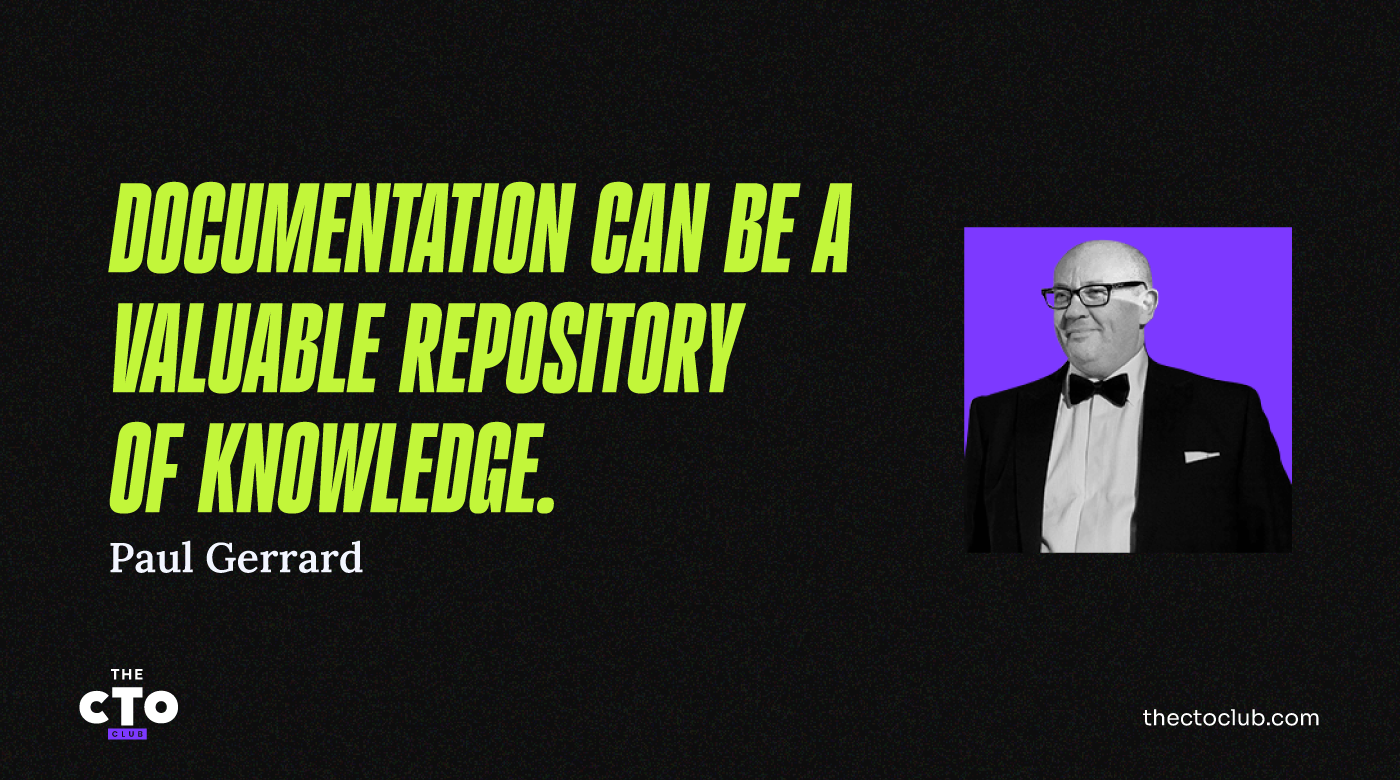Editor’s Note: Welcome to the Leadership In Test series from software testing guru & consultant Paul Gerrard. The series is designed to help testers with a few years of experience—especially those on agile teams—excel in their test lead and management roles.
In the previous article, we outlined a risk manifesto to help managers. In this article, we shall ask the time-honored question “How much testing is enough?”. Spoiler: it’s down to the stakeholders.
Sign up to The QA Lead newsletter to get notified when new parts of the series go live. These posts are extracts from Paul’s Leadership In Test course which we highly recommend to get a deeper dive on this and other topics. If you do, use our exclusive coupon code QALEADOFFER to score $60 off the full course price!
No matter what project, organisation or approach, there is always a place for documentation. Good documentation is a godsend, providing a useful record of approach, scope, plans, designs and the outcomes of analysis, development and test activities.
In this article, I’ll cover:
- The Value Of Documentation
- The Perils Of Templates And Cut/Paste
- Types of Test Documentation
- Advice For Designing Documentation
Let's go.
The Value Of Documentation
In structured projects, documents are usually deemed to be deliverables in their own right. In Agile or continuous regimes, documentation might be produced as a by-product of more or less value.

Document-writing may be the primary activity of professional technical writers but, for most practitioners, it’s a chore — no matter how useful it may be. Whilst document writing may be boring for some people, the real problem with documentation is that, in many contexts, most documentation is simply a waste of time. It is of little value, out of date, inaccurate — or all three.
Every test manager has written test strategies that people did not read or buy into. Testers write reams of test plans, scripts and reports and the only content of value to stakeholders are the one-page summaries at the start or end.
We have all written documents that we know have little value and no one will read.
This stems from common problems with documentation that we encounter in projects both large and small. For every document we write, there are several questions we need to address:
- What type of document? A policy or strategy, an approach or plan, a design or implementation, or an outcome and interpretation?
- What is the aim of the document?
- What content is required to meet that aim?
- What sources of knowledge are required to create the content?
- If the document must change over time, how will it be maintained?
- What level of detail is required?

The Perils of Templates and Cut/Paste
If your project determines that a certain document is required, say a system test plan or a risk-register, it is tempting to find an off-the-shelf template for these (and many other document types) on the internet.
Some templates may claim to adhere to some standard or convention and to have been downloaded and used thousands of times. Sometimes a template may appear to suit your purpose exactly. But, as we’ll see, even if the table of contents looks comprehensive it can get you into trouble.
It may also be the case that you or others in your company have prepared a similar document for previous projects. You may be tempted to copy and rename this document, change the references to the old project, and edit the content to suit.
Warning: In my experience as an independent reviewer this is very common and often a real problem.
Firstly, it’s usually blatantly obvious that a copy/edit has been done. The language used in the text often seems disconnected from the project and there are gaps and superfluous text everywhere. Why is this?
Using a pre-formed template or existing document as a source carries several risks:
- It looks comprehensive, but it might include topics that are inappropriate and exclude others that are essential.
- It provides headings for a document, but absolutely no guidance as to what content is appropriate for each heading.
- It might contain text that looks reusable and is copied unchanged from a previous unrelated project, but that text might give a wrong impression, or be inaccurate or incomplete.
Using templates to get headings and basic formatting layout might be helpful, but the main problem with templates is this:

The temptation with templates is to overly trust them and then write waffle for the various sections. After all, you might think the document completes a ‘tick box’ and no one will read it anyway. The risk of templates is you stop thinking and write a document that has little value.
Types of Test Documentation
In this section, we’ll look at the various forms of test documentation and discuss some considerations in structured or agile/continuous projects vs traditional waterfall.
The core set of test documents tend to fall into the following categories:
- Policy and strategy (sometimes known as Master Test Plan)
- Test definition (aka specification or test plans, confusingly)
- Test design
- Test cases
- Test procedures or scripts
- Test execution
- Schedule
- Log
- Test report
The above range of document types covers the definition of the test process, key activities of definition and execution and reporting.
There are several other test-related documents that, in more bureaucratic environments, would include test environment definitions and management processes, acceptance procedures, incident management processes and so on (we’ll be covering incident management in a future article).
Another obvious omission from the above would be an overall plan or schedule for test activities. A schedule isn’t really a test document, it’s a subset of an overall project plan for a structured project (we’ll also be covering schedule planning in a future article, so stay tuned!).
Policy, Strategy, Master Test Plan
| Purpose |
|
| Content |
|
| Sources |
|
| Maintenance |
|
Agile/Continuous Considerations The test strategy for agile projects using Scrum, for example, are likely to be rather brief and comprising just a few pages (if they are documented at all). The test process might not have stages, but there is likely to be a definition of testing at different levels. For example:
| |
Test Definition (Design, Cases, Procedures)
| Purpose |
|
| Content |
|
| Sources |
|
| Maintenance |
|
Agile/Continuous Considerations The area of test definition is where the approach to agile is most markedly different from structured projects. Potentially, testers who are focusing on features as they are delivered may not create any documentation at all. This is appropriate if there is a system-wide policy or charter for feature testing, for example. More likely, there would be a brief charter for testing each feature in an exploratory test session. A charter is like a plan for a short period of exploration. The charter would typically identify:
| |
Test Execution (Schedule, Log)
| Purpose |
|
| Content |
|
| Sources |
|
| Maintenance |
|
Agile/Continuous Considerations If agile/continuous projects do not commit to test definition documents, they compensate somewhat by encouraging testers to keep better logs of test execution. Where testing is performed in sessions against charters, the tester is expected to keep good notes of the tests they run. There are few dedicated test-logging tools that are more than notebooks, so many testers use simple text editors, note-takers or hardcopy notebooks. Logs tend to be used to record all the significant activity and observations in sessions while they perform them. A typical exploratory testing log would contain aspects such as:
| |
Test Report
| Purpose |
|
| Content |
|
| Sources |
|
| Maintenance |
|
| Agile/Continuous Considerations The purpose of a test report in an agile project could cover a single iteration or sprint, testing for a release, or a higher-level test phase such as integration or overall system acceptance. Whichever, the purpose is unchanged. Much of the content of a test report will be from tools or notes from testers. The narrative summary of results is written by a test lead or the tester for a smaller scale test phase. As usual, the report is likely to be less formal and there would probably be less raw data that could form the basis of sophisticated analyses. Certainly, during the iteration(s), progress through the iteration in terms of features or stories delivered, tested and approved by the users, might be recorded in a tool or a public KanBan board. In this way, the stakeholders are kept informed of progress throughout the iteration and there is less need for a formal report at the end of a period of testing. Visibility of progress is a key concern for agile teams. With regular, perhaps daily stand-ups around a Scrum board, for example, team members share their understanding of progress, question each other and agree a position (and next steps) constantly. In this way, a formal test report might never be required because the team is always informed and up to date. If the testers are keeping written notes of their session activities, then there is no analyzable data available to present automated reports, so session and progress reporting might be presented in a public, visual way. This requires a high degree of discipline and good communication skills on the part of the testers. The test lead or manager will have to provide a correspondingly informative report to stakeholders based on verbal reports. | |
Some Advice
The subject of documentation in projects is a sensitive one for testers as well as other project team members.
Most people regard writing documentation as a chore.
Here are some things to bear in mind in designing your documentation.
- Documentation must have a well-defined purpose and audience. If your audience doesn’t need the documentation, they won’t read it. If it doesn’t resonate with their own goals, they won’t buy into it.
- It is generally better to capture the record of an activity before or as you perform it. TDD captures tests before code is written for example. Test session logs should be captured during the session and not written afterward.
- The essential data to record an aspect of testing might be minimal. For example, a test logged in a notebook might be sufficient for the tester but can’t easily be analyzed. Perhaps a simple text log with some markup would be as fast to capture but could also be analyzed by a custom tool.
- Test procedures might not be necessary at all if testers know the system under tests well. Perhaps only a test objective or charter is necessary. Prepared test cases can be minimally documented in a spreadsheet.
Finally
Necessity is the mother of documentation.
If you prepare comprehensive documentation for your stakeholders and they don’t read it, it’s because they don’t see value in it.
It’s better to present a stakeholder with a blank piece of paper and jointly add the topics they need to see in a document and work from there. It may be they ask for reams of content, but what they actually need is rather simple. Keep asking, ‘why do they want this?’
Thanks for reading, join us next time as we pull our sleeves and start on some test planning.
Sign up to The QA Lead newsletter to get notified when new parts of the series go live. These posts are extracts from Paul’s Leadership In Test course which we highly recommend to get a deeper dive on this and other topics. If you do, use our exclusive coupon code QALEADOFFER to score $60 off the full course price!



